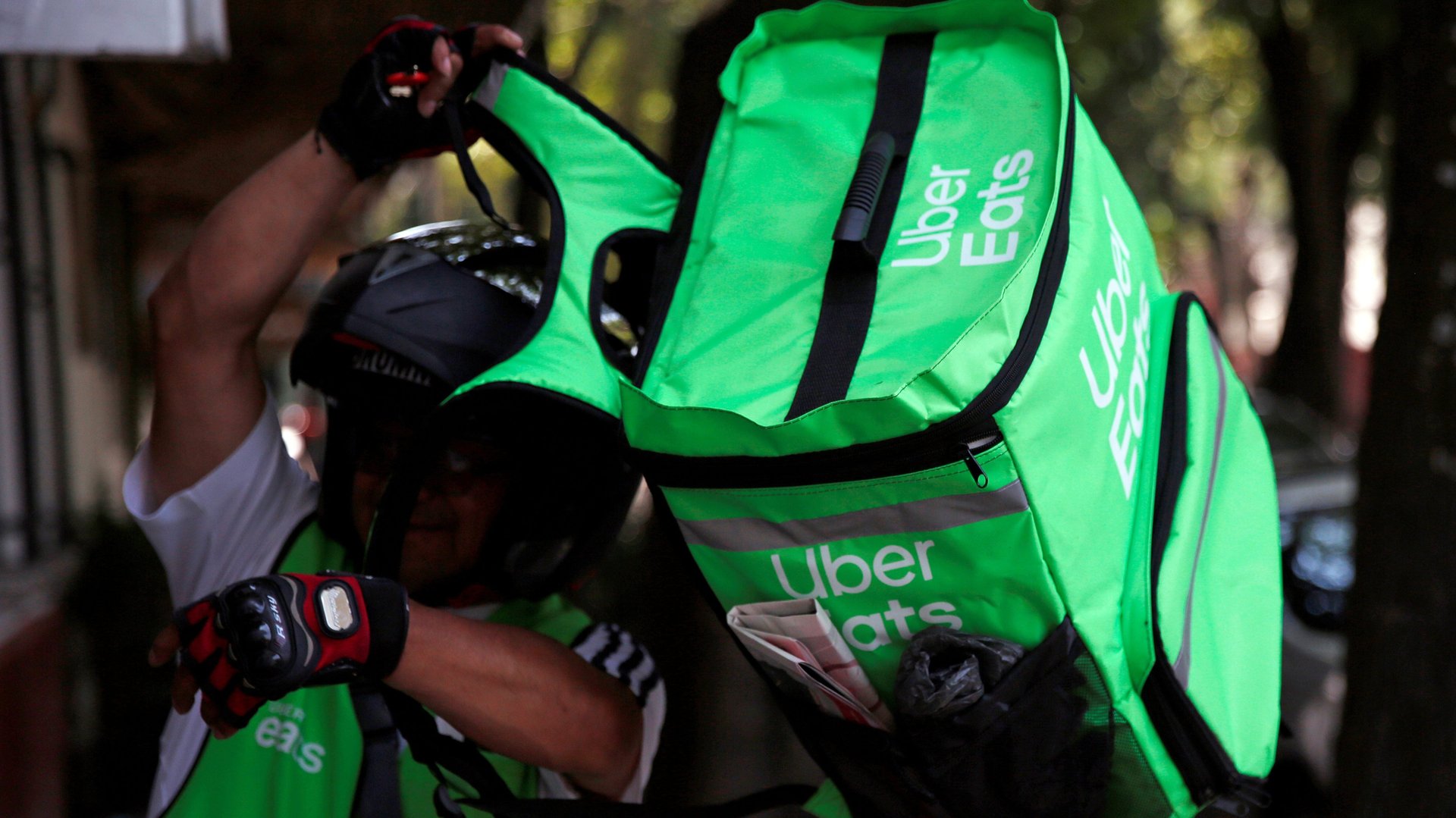Uber Eats is now bigger than Uber’s ride-hailing business
With lockdowns still in effect in various parts of the world, Covid-19 is changing how Uber operates.


With lockdowns still in effect in various parts of the world, Covid-19 is changing how Uber operates.
Most notably, its Uber Eats delivery business is now bigger than the Uber ride-hailing service. In the second quarter, gross bookings for mobility (aka Uber rides) declined 75% from the same quarter last year to just over $3 billion, while delivery gross bookings (aka Uber Eats) more than doubled to $6.96 billion. The delivery business also eclipsed rides in revenue, at $1.21 billion versus $790 million.
[O]ur delivery business alone is now as big as our rides business was when I joined the company in 2017,” Uber CEO Dara Khosrowshahi said on a conference call with analysts and investors to discuss the company’s second-quarter results. “We’ve essentially built a second Uber in under three years.”
Delivery has been booming during the pandemic, while rebounds in ride-hailing have been dependent on the public health situation in each region where Uber operates. The rides business in the United States continues to lag, particularly in California, whereas ride demand in Hong Hong, New Zealand, and Sweden were at certain points above pre-pandemic highs, noted Khosrowshahi.
Overall, Uber’s revenue dropped 29% to $2.24 billion. Its net loss narrowed to $1.8 billion from $5.2 billion in the year-ago second quarter, when expenses related to stock-based compensation were much higher.
Profit margins in the food-delivery business can be particularly thin, and because there are more parties involved in food delivery versus ride-hailing, Uber takes a smaller percentage of the gross bookings for itself. Earnings before interest, taxes, depreciation, and amortization in Uber’s mobility business was $50 million, down $457 million year-over-year. For the delivery business, adjusted EBITDA was $54 million better than a year ago, but still negative at -$232 million.
While more people have shifted to food delivery, it’s still a minority, says Forrester Research analyst Sucharita Kodali. In a recent Forrester survey, 17% of respondents said they ordered restaurant delivery for the first time as a result of the Covid-19 pandemic, and 21% of people said they purchased groceries online for the first time as a result of the pandemic.
At the same time, the US delivery market has become increasingly saturated. Uber is competing with various food players including GrubHub and DoorDash, and, now having expanded into groceries and essentials, Amazon and grocery stores.
Khosrowshahi indicated Uber is looking at the delivery business as a long-term bet. While the surge in demand is no doubt tied to this year’s lockdowns, “I believe we’re witnessing a much more profound shift in consumer behavior that will last well beyond the pandemic,” Khosrowshahi said.